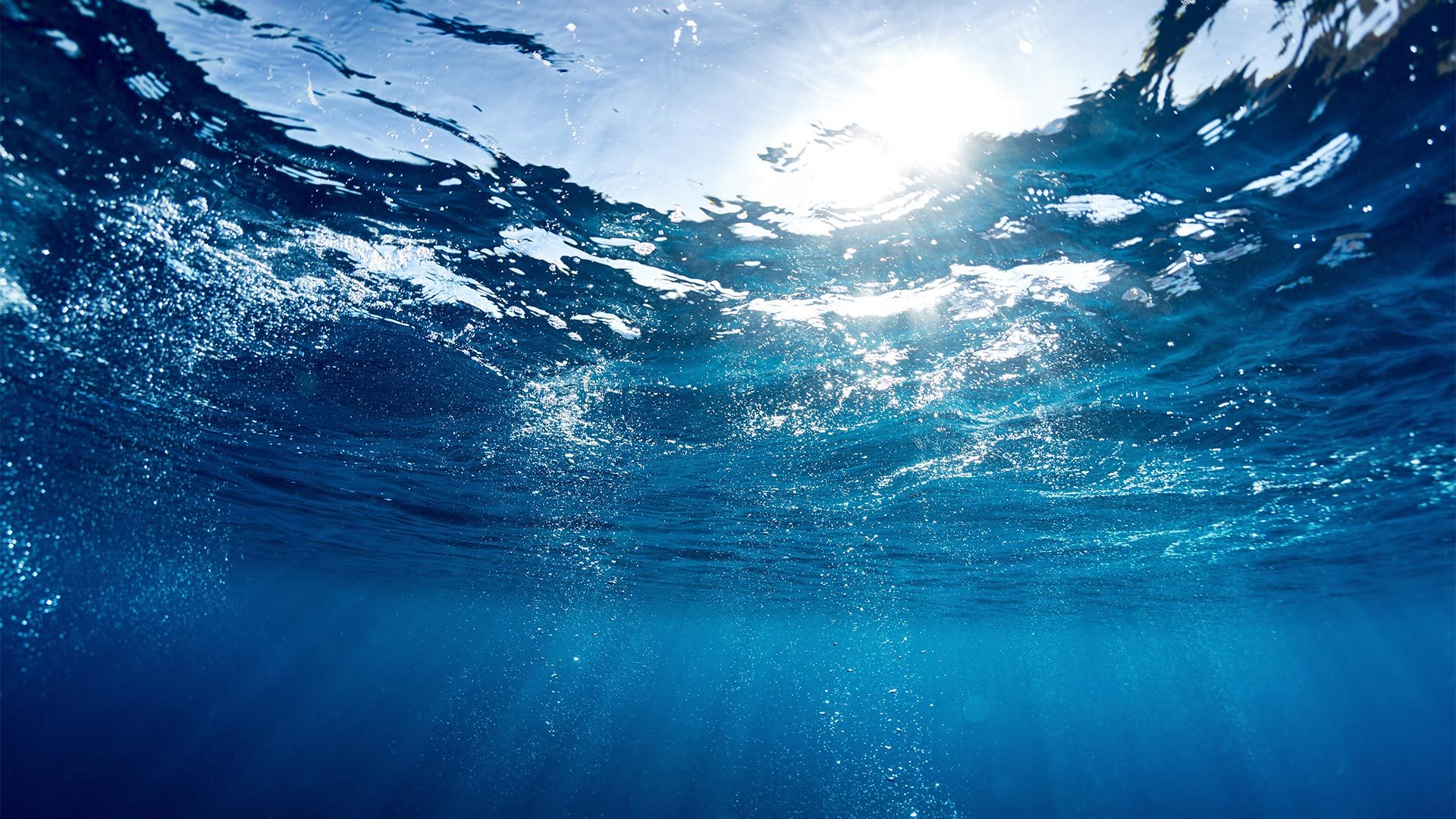Why RO Membrane Technology is Essential for Modern Filtration Systems
Why RO Membrane Technology is Essential for Modern Filtration Systems Table of Contents Introduction to RO Membrane Technology Understanding Reverse Osmosis (RO) Technology Benefits of RO Membrane Technology in Filtration Applications of RO Membrane Technology RO vs. Other Filtration Technologies Challenges and Limitations of RO Membrane Systems The Future of RO Membra
2025/08/06
Why RO Membrane Technology is Essential for Modern Filtration Systems
Table of Contents
- Introduction to RO Membrane Technology
- Understanding Reverse Osmosis (RO) Technology
- Benefits of RO Membrane Technology in Filtration
- Applications of RO Membrane Technology
- RO vs. Other Filtration Technologies
- Challenges and Limitations of RO Membrane Systems
- The Future of RO Membrane Technology
- Conclusion
- FAQs about RO Membrane Technology
Introduction to RO Membrane Technology
In today's world, where water quality is paramount for health and environmental sustainability, Reverse Osmosis (RO) membrane technology has emerged as a cornerstone of modern filtration systems. This technology plays an essential role in ensuring that water is clean, safe, and suitable for various applications, from drinking water to industrial processes. In this article, we explore the significance of RO membrane technology in filtration systems and why it is indispensable in our modern age.
Understanding Reverse Osmosis (RO) Technology
Reverse Osmosis is a water purification process that uses a semipermeable membrane to remove ions, molecules, and larger particles from drinking water. The process involves applying pressure to overcome osmotic pressure, allowing only water molecules to pass through the membrane while retaining contaminants. This results in highly purified water, effectively removing impurities such as salts, organic compounds, and pathogens.
The Science Behind RO Membrane Technology
The core of RO technology lies in its membrane. Composed of thin film composite materials, the membrane acts as a barrier that selectively allows water to pass while blocking unwanted substances. The effectiveness of an RO system largely depends on factors such as membrane material, pore size, and operating pressure.
Benefits of RO Membrane Technology in Filtration
RO membrane technology offers numerous benefits that make it a preferred choice in filtration. Understanding these advantages helps in appreciating its role in modern filtration systems.
1. Exceptional Purification Capabilities
One of the most notable advantages of RO technology is its ability to produce high-quality purified water. It effectively removes up to 99% of dissolved salts and organic compounds, making it ideal for drinking water applications.
2. Versatility Across Applications
RO systems are not limited to residential use; they find applications in various sectors, including healthcare, food and beverage, pharmaceuticals, and industrial processes. Their versatility makes them invaluable in multiple contexts.
3. Cost-Effective Water Treatment
Though the initial investment in RO systems may be higher than traditional filtration methods, their long-term cost-effectiveness cannot be overlooked. The minimal maintenance requirements and lower energy consumption translate to reduced operational costs over time.
4. Environmental Sustainability
By providing a means for water recycling and reducing the need for bottled water, RO technology contributes significantly to environmental sustainability efforts. It promotes responsible water use and minimizes plastic waste.
Applications of RO Membrane Technology
The versatility and effectiveness of RO membrane technology have led to its widespread adoption across various industries. Here are some key applications where RO plays a vital role:
1. Drinking Water Purification
RO systems are commonly used in households and municipalities to produce clean and safe drinking water. They are particularly beneficial in areas with contaminated groundwater sources.
2. Industrial Water Treatment
In industrial settings, RO technology is employed to purify water used in manufacturing processes, boiler feed water, and cooling systems. This ensures that operations run smoothly and efficiently.
3. Pharmaceutical Manufacturing
The pharmaceutical industry relies on RO technology for the production of high-purity water needed in drug formulation, ensuring product safety and compliance with stringent regulations.
4. Food and Beverage Processing
In the food and beverage industry, RO is utilized for processes such as juice concentration, dairy processing, and water treatment, enhancing product quality and shelf life.
5. Desalination
RO technology is also a cornerstone in desalination plants, providing fresh water from seawater. This application is crucial in arid regions and areas facing water scarcity.
RO vs. Other Filtration Technologies
When compared to other filtration technologies, RO has distinct advantages and some limitations. Understanding these differences can help in making informed decisions regarding water treatment options.
1. RO vs. Activated Carbon Filters
While activated carbon filters effectively remove chlorine, sediment, and some organic compounds, they do not eliminate dissolved salts or heavy metals. RO systems, on the other hand, provide comprehensive purification, making them superior for obtaining safe drinking water.
2. RO vs. UV Filtration
Ultraviolet (UV) filtration is effective at disinfection but does not remove chemical contaminants or dissolved solids. Combining RO with UV filtration can provide a complete purification solution, addressing both microbial and chemical risks.
3. RO vs. Membrane Bioreactors
Membrane bioreactors (MBR) combine biological treatment with membrane filtration. While MBRs excel in wastewater treatment, RO technology is preferred for producing high-quality drinking water due to its effective removal of a broader range of contaminants.
Challenges and Limitations of RO Membrane Systems
Despite their numerous advantages, RO membrane systems face challenges that can impact their efficiency and performance.
1. Membrane Fouling
Membrane fouling is a common issue that can reduce the efficiency of RO systems. Contaminants such as silt, bacteria, and biofilms can accumulate on the membrane surface, necessitating regular cleaning and maintenance.
2. Water Waste
RO systems typically produce brine, a concentrated waste stream that must be managed. This can pose environmental challenges, especially in areas with limited disposal options.
3. Initial Investment Costs
The upfront costs for installing RO systems can be significant. However, the long-term benefits often justify the investment, particularly for municipal or industrial applications.
The Future of RO Membrane Technology
As demand for clean water continues to rise, the future of RO membrane technology looks promising. Innovations in membrane materials and designs are expected to enhance efficiency and sustainability.
1. Development of Advanced Membranes
Researchers are exploring new materials and composite structures to improve membrane performance, reduce fouling, and lower energy requirements.
2. Integration with Renewable Energy
Combining RO technology with renewable energy sources, such as solar or wind power, can reduce operational costs and environmental impact, making water treatment more sustainable.
3. Smart Filtration Systems
With the rise of IoT (Internet of Things), smart RO systems equipped with sensors will enable real-time monitoring and automated maintenance, optimizing the filtration process and prolonging membrane life.
Conclusion
In summary, RO membrane technology is essential for modern filtration systems due to its unmatched purification capabilities, versatility, and contribution to environmental sustainability. As water quality becomes increasingly critical in various sectors, the role of RO technology will continue to grow. By understanding its benefits, applications, and future potential, we can appreciate how RO technology not only provides safe drinking water but also supports industrial processes and environmental conservation.
FAQs about RO Membrane Technology
1. What contaminants can RO membranes remove?
RO membranes are effective at removing dissolved salts, heavy metals, organics, and microorganisms, providing high-quality purified water.
2. How often should RO membranes be replaced?
The lifespan of RO membranes varies based on usage and water quality, but typically, they should be replaced every 2-3 years for optimal performance.
3. Can RO systems remove fluoride from water?
Yes, RO systems are capable of removing fluoride along with other contaminants, making them suitable for producing safe drinking water.
4. Is RO water safe to drink?
Absolutely! RO water is safe to drink and often preferred due to its purity, but it is advisable to remineralize it for balanced mineral content.
5. What is the difference between single-pass and double-pass RO systems?
Single-pass RO systems treat water in one stage, while double-pass systems filter water twice, providing higher purity levels, ideal for sensitive applications.
undefined


